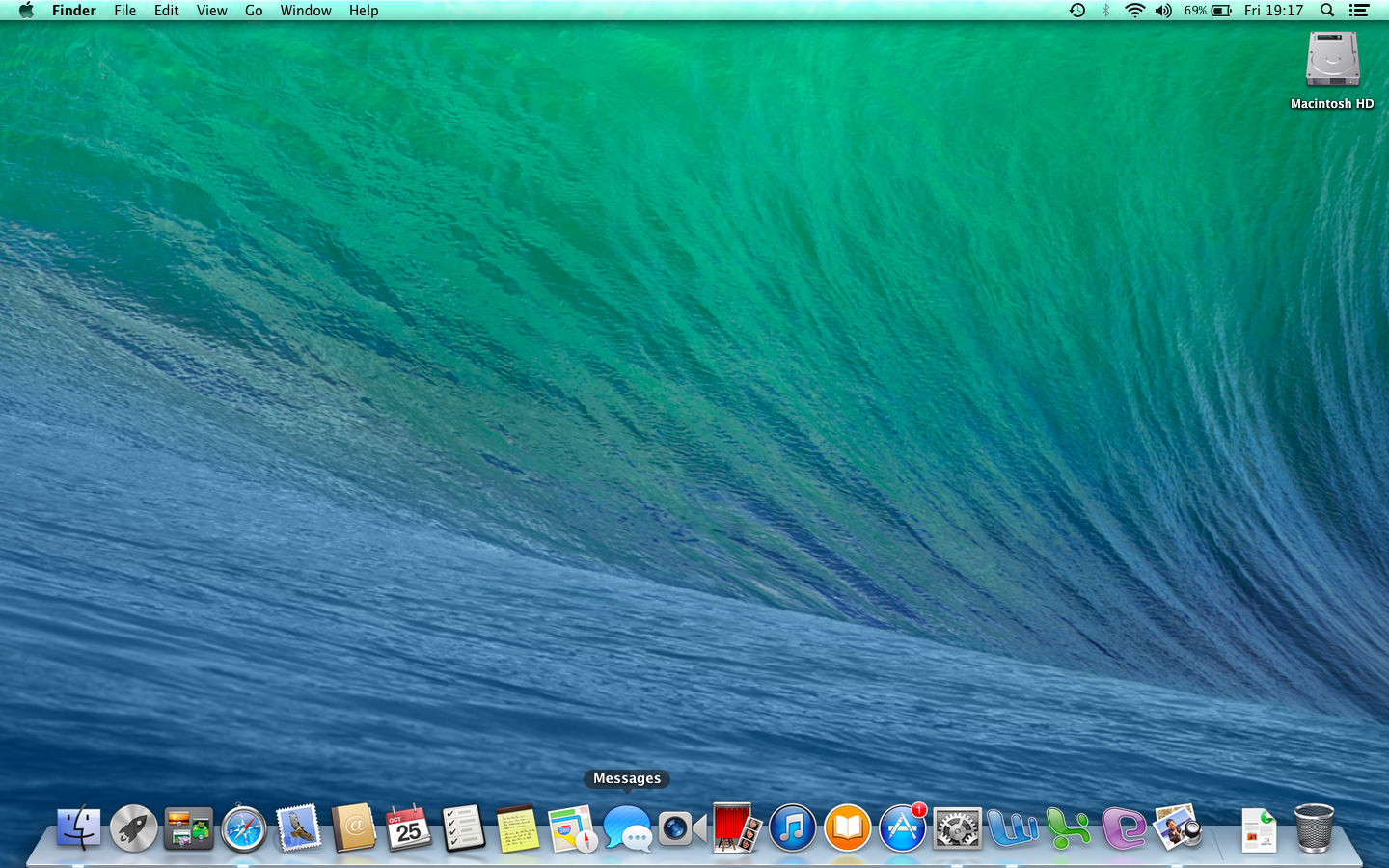Mavericks OS X 10.9 review
Apple's yearly software upgrade boosts battery life and security. Best of all it's free.


IT managers should pencil in time for this upgrade ASAP thanks to the security and battery life improvements.
-
+
Free; Massive battery life gains for laptops; Supports machines from 2007; Better file management; Increased sandboxing
-
-
Most features are consumer focused; iCloud Keychain could prove a security risk in the enterprise
OS X 10.9 Mavericks is the best Mac upgrade Apple has offered. The desktop software introduces a raft of productivity and security features, provides a noticeable bump in battery life and supports models going back to 2007.
Mavericks also marks the first time Apple has offered an extensive Mac update for free.
OS X Mavericks works with
- iMac (Mid 2007+)
- MacBook Pro (Mid/Late 2007+)
- MacBook Air (Late 2008+)
- MacBook (Late 2008 Aluminium, or Early 2009+)
- Mac Pro (Early 2008+)
- Mac mini (Early 2009+)
Upgrading is simple. Consumers can update from the Mac App Store. Mass deployment for enterprise users may require the use of Apple's OS X Server, whilst SMBs can use Apple Remote Desktop to manage network installations.
You can install Mavericks onto Macs running older versions of OS X going back to Snow Leopard (OS X 10.6).
Unbeatable Battery
During the launch of Mavericks, Craig Federighi, Apple's VP for software engineering, talked up the battery life improvements the software brings to existing devices.
Battery life increases will vary from model to model, but Federighi stated you should be able to get an extra 60 mins of Wi-Fi browsing and 90 mins of video playback from the 2013 13in MacBook Air.
We found the update added a shade over an hour to the MacBook Air's already impressive 12-hour battery life.
To facilitate this battery improvements on MacBooks, Mavericks introduces two features. The first is timer coalescing', allows the CPU to perform low-level operations together and then return to a low-power resting state as quickly as possible.
At a higher level, there's a feature called app nap'. This suspends apps which may be open but are not being used, reducing the drain on CPU resources.
Thanks For The Memory
When apps are running in the background, Mavericks uses a feature called compressed memory' to free up resources for other tasks by compressing the data.
Apple has also improved memory management for Macs using Intel's integrated graphics. Mavericks can assign a maximum of 1GB of system memory to the GPU when required, so remaining memory can be used elsewhere.
It's too early to judge the effectiveness of these memory-saving techniques but Apple has never been generous with RAM, so anything helping to increase efficiency is welcomed.
Get the ITPro daily newsletter
Sign up today and you will receive a free copy of our Future Focus 2025 report - the leading guidance on AI, cybersecurity and other IT challenges as per 700+ senior executives
-
 Westcon-Comstor and Vectra AI launch brace of new channel initiatives
Westcon-Comstor and Vectra AI launch brace of new channel initiativesNews Westcon-Comstor and Vectra AI have announced the launch of two new channel growth initiatives focused on the managed security service provider (MSSP) space and AWS Marketplace.
By Daniel Todd Published
-
 Third time lucky? Microsoft finally begins roll-out of controversial Recall feature
Third time lucky? Microsoft finally begins roll-out of controversial Recall featureNews The Windows Recall feature has been plagued by setbacks and backlash from security professionals
By Emma Woollacott Published
-
 The UK government wants quantum technology out of the lab and in the hands of enterprises
The UK government wants quantum technology out of the lab and in the hands of enterprisesNews The UK government has unveiled plans to invest £121 million in quantum computing projects in an effort to drive real-world applications and adoption rates.
By Emma Woollacott Published